I was lucky enough to manage a day trip to Dublin last week and packed in a fair bit of A111 and A113 😀
The following are just a few snaps from the day.
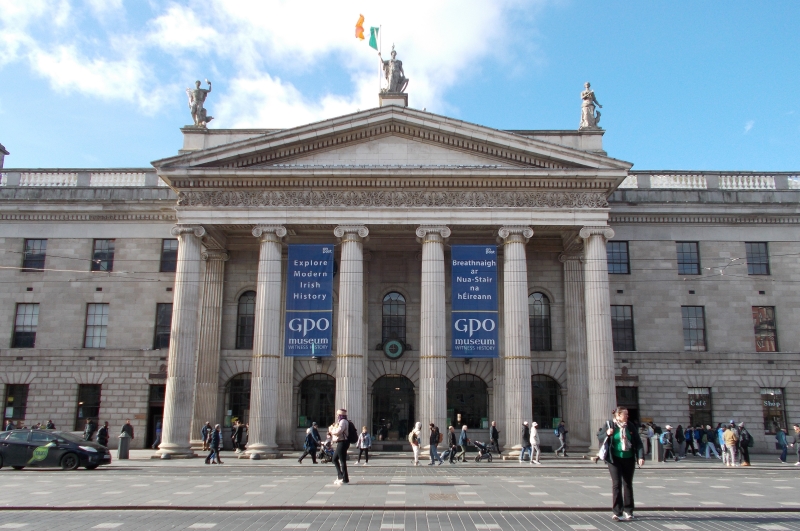
The GPO building where the Republic was proclaimed in 1916 - the museum was good (but pricey at €15) few of video installations featured historians who contributed to OU materials.
Garden of Remembrance that features in A111 and was opened in 1966
The iconography of 'celtic' weapons broken and cast into water as a mark of the end of hostilities
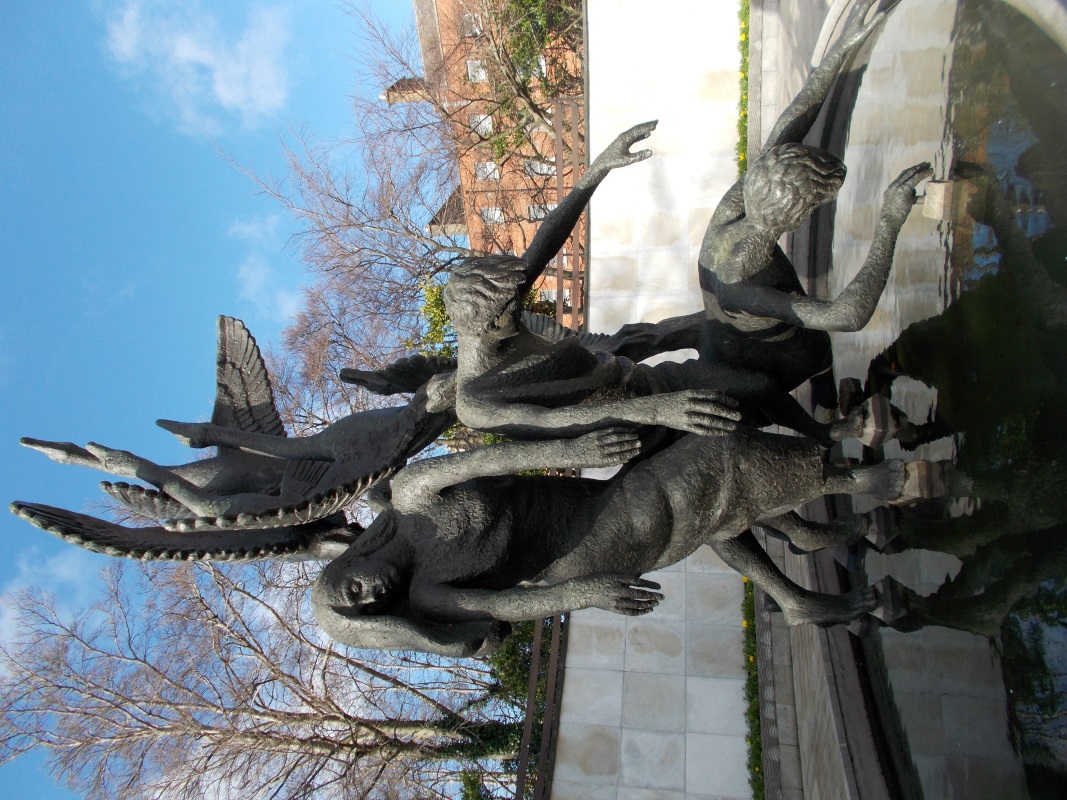
The Children of Lir - rising, resurrected, redeemed, reborn....
Just outside the Garden is this memorial to the formation of the Irish Volunteer Force on that spot (it was I think an ice rink then) in 1913 - in response to the earlier establishment of the UVF that is discussed in A113.
Apparently Parnell's statue caused some controversy when it went up in 1911, I presume because he was then still a divisive figure. Really interested in what I assume are Roman 'fasces' under all the drapes, I think at this point in time they may have been used as a symbol of Republican 'unity'. It's also a classic Roman sculptural pose that we encountered in A111.
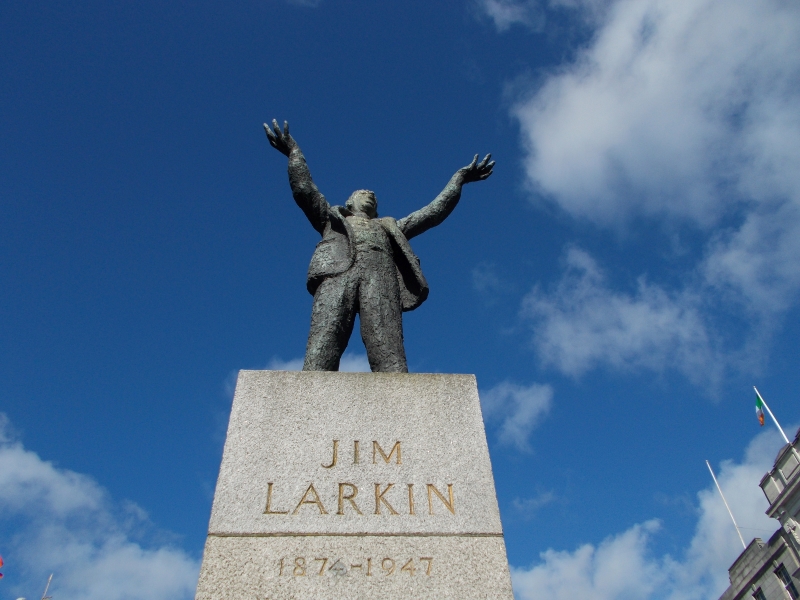
Second sculpture by Oisín Kelly (the first was Children of Lir) - this one of James Connolly's comrade, Jim Larkin. A co-founder of the Irish Citizens Army and a staunch revolutionary socialist.
He used the quote below in one of his speeches - it apparently harks back to the French Revolution and is generally credited to Camille Desmoulins.
From A113 the 'Liberator' Daniel O'Connell (plus obligatory seagull) gets centre stage with a monument and of course the main street (since 1924)
Kilmainham Gaol
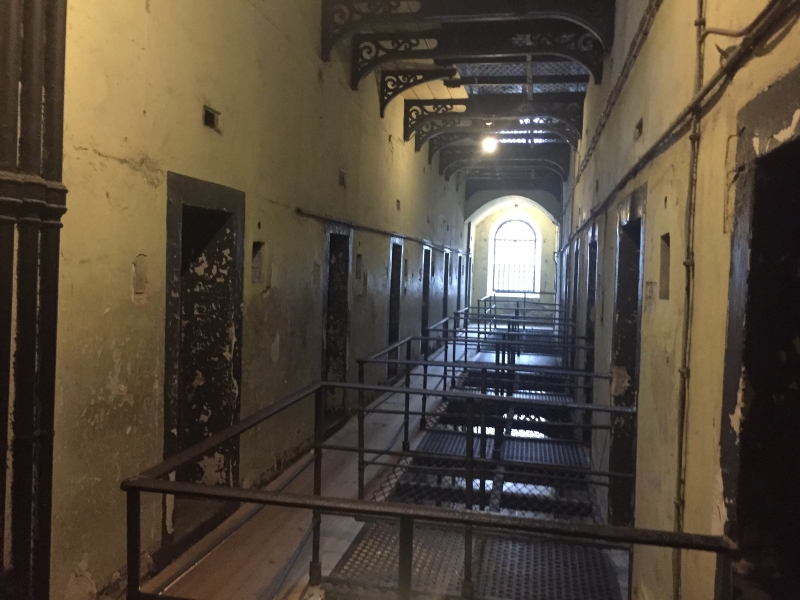
Corridor where most of the 1916 rebels were held before execution.

The classic 'panopticon' prison design in the Victorian wing of KIlmainham Gaol. Éamon de Valera was a prisoner here and Hugh Grant danced down the steps at the finale of 'Paddington 2' (Noel Coward also celebrated the apparent achievement of the 'Italian Job' here)
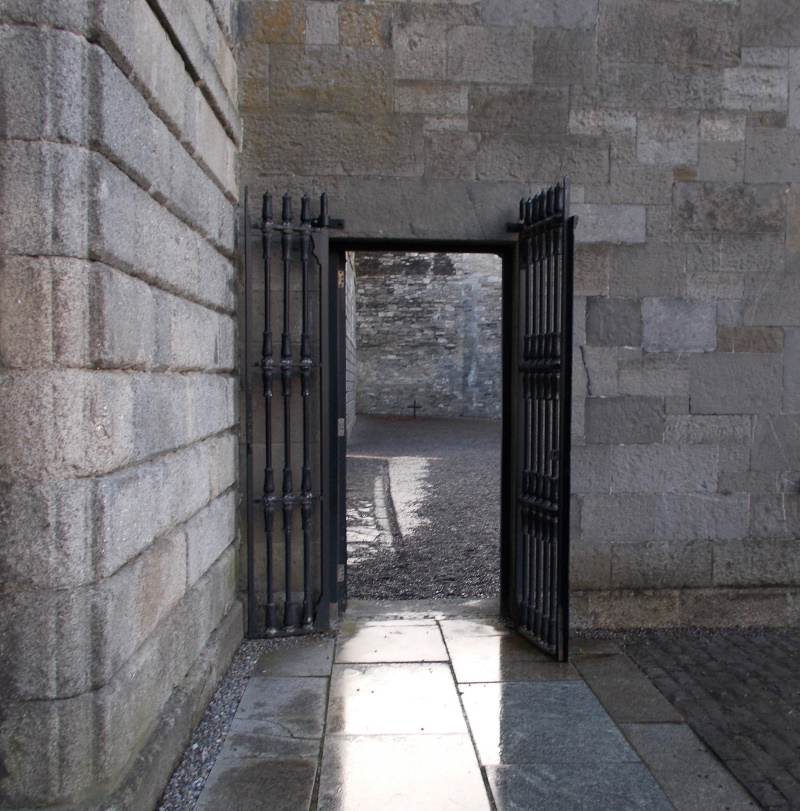
A final look back into the stone-breakers yard and the spot where James Connolly was executed. It was interesting, given the reflection in A111 on contested memories, to hear that the prison wasn't initially promoted in the Free State as a 'hallowed' site - the fact it was also the place of execution of some anti-Treaty rebels made its heritage a difficult one, at least until Fianna Fáil gained power.